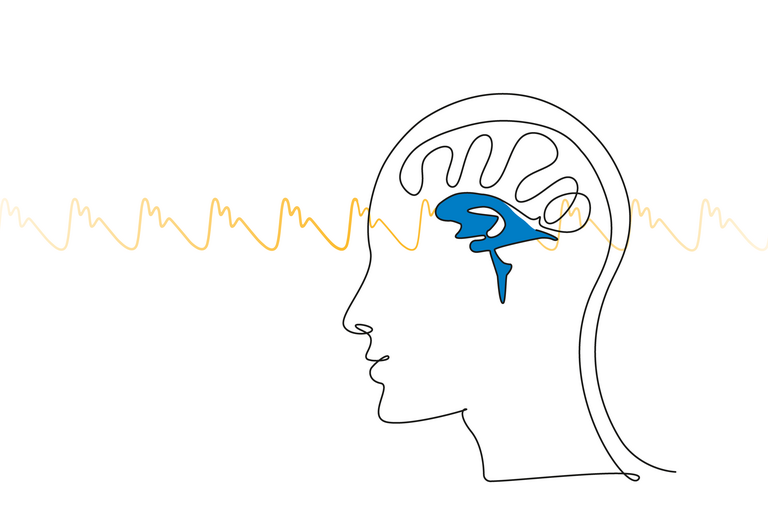The clinical picture of hydrocephalus
The term hydrocephalus (short: HC; Greek: "hydro" = water, "cephale" = head) describes a pathological enlargement of the fluid spaces (ventricles) in the brain filled with cerebrospinal fluid (liquor).
In healthy adults, approx. 150 ml of cerebrospinal fluid circulates constantly between the ventricles. Every day, about 500 ml of cerebrospinal fluid is produced and finally absorbed by the venous blood system, so that it can be said that the cerebrospinal fluid is exchanged about three times a day. In healthy people, there is a balance between the production and absorption of cerebrospinal fluid. In the case of hydrocephalus, more cerebrospinal fluid is usually produced than can be absorbed and the cerebral ventricles are enlarged.
The causes of such an imbalance in hydrocephalus are manifold. For example, one may be born with hydrocephalus as a result of other underlying diseases (paediatric HC) or acquire it only in the course of a lifetime (secondary HC).
Basically, one distinguishes between two forms of hydrocephalus: Hydrocephalus occlusus (non-communicating hydrocephalus: here, a blockage between the cerebral ventricles prevents them from "communicating" with each other) and Hydrocephalus communicans (communicating hydrocephalus: here, the ventricles are freely connected with each other, but there is a disturbance of the brain water absorption).
Paediatric Hydrocephalus
Some doctors say that hydrocephalus is not a disease in itself, but the symptom of another underlying disease. In paediatric neurosurgery, hydrocephalus surgery is also one of the most common procedures to be performed in this field.
In foetuses and infants, a special initial situation becomes apparent: the skull bones are not yet firmly attached to each other and the intracranial pressure caused by hydrocephalus is compensated by a sometimes enormous expansion of the skull bones. When the cranial sutures and fontanelles are tightly closed at the age of about 2 years, making compensation via the increasing size of the head impossible, the pressure inside the skull increases. In addition, parts of the brain are displaced and vital areas are affected. First there are neurological disorders, later cardiovascular disorders and finally the untreated infantile as well as secondary hydrocephalus can lead to cardiovascular and respiratory arrest and thus to death.
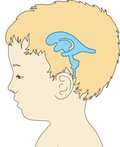
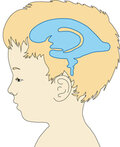
healthy child child with hydrocephalus
Secondary Hydrocephalus
The causes of acquired hydrocephalus are manifold. Often, hydrocephalus is the result of another underlying disease or complication: accidents, operations, cerebral haemorrhages, tumours, cysts, meningitis, etc.
The most common form of secondary HC is hydrocephalus occlusus, which means that a kind of occlusion prevents the cerebral ventricles from "communicating" with each other - i.e. exchanging cerebral fluid. This leads to an increase in pressure, which can lead to a range of different symptoms and, if left untreated, ultimately to death.
NPH (Normal pressure hydrocephalus)
The causes of NPH are mostly not sufficiently known. Often, however, NPH does not occur until the age of 60. The term "normal pressure hydrocephalus" may seem contradictory at first glance, but it gets to the heart of the matter: NPH patients have large fluctuations in intracranial pressure and therefore, in addition to periods of peak intracranial pressure, they also have normal intracranial pressure from time to time.
This disease is accompanied by a quite typical triad of symptoms: gait disorder, urinary incontinence and dementia (also called Hakim triad). The gait disorder - a shuffling gait that sticks to the floor - is the main symptom. Despite the apparently clear symptoms, the diagnosis is quite difficult. The similarity of the symptoms to other age-related diseases and the temporarily strong fluctuations in cerebral pressure make a proper diagnosis difficult at first glance. Medical experts often confuse NPH with dementia. The consequences are fatal for the patient. If diagnosed too late, an initially treatable disease becomes an incurable disease. According to estimates by NPH experts, every tenth person suffering from dementia could actually suffer from NPH (treatable at the beginning).
This makes education among the population all the more important. In an increasingly aging society, this disease is likely to increase. Already today, about a quarter of all German citizens are over 60 years old.
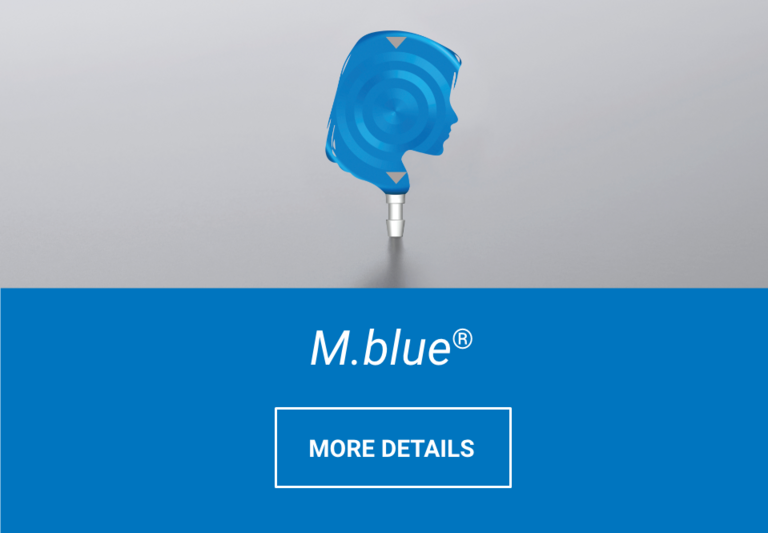


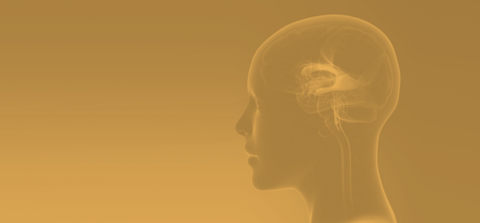

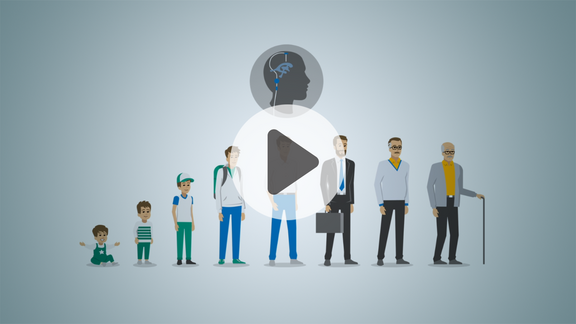
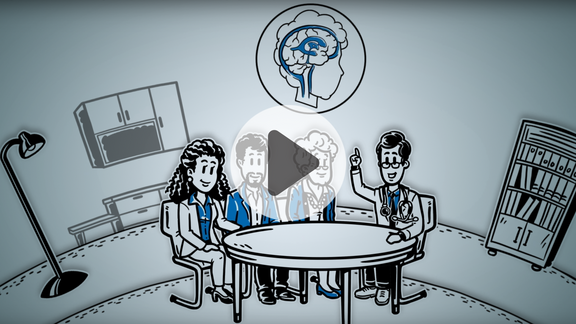

![[Translate to English:] [Translate to English:]](/fileadmin/_processed_/d/6/csm_MIETHKE_Patienten_erzaehlen_Teaser_144c4b77d2.jpg)
![[Translate to English:] [Translate to English:]](/fileadmin/_processed_/8/4/csm_MIETHKE_KarlsWaechter_Teaser03_neu_8f7ee0cf94.png)
![[Translate to English:] Woman crosses her arms](/fileadmin/_processed_/c/3/csm_MIETHKE_XABO_Slider-neu_5f031e6bd1.png)

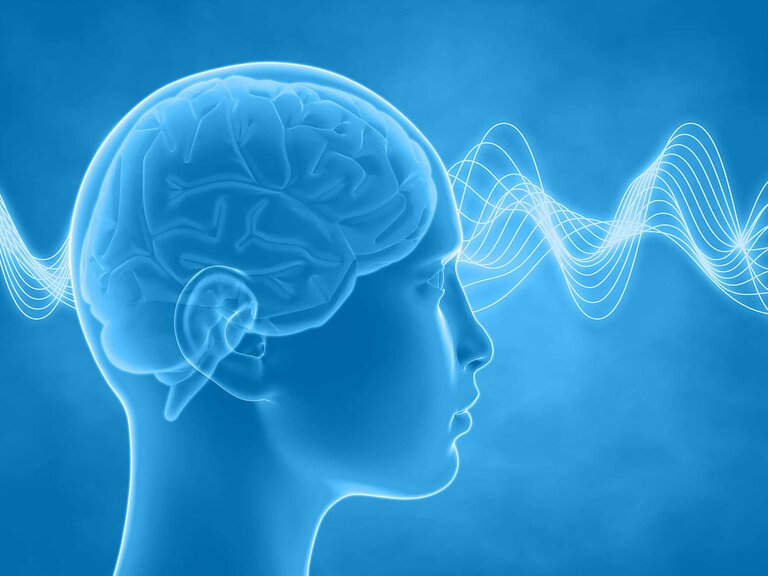
![[Translate to English:] [Translate to English:]](/fileadmin/_processed_/4/1/csm_csm_MJ_Art1_teaser_973099fd31.jpg)
![[Translate to English:] [Translate to English:]](/fileadmin/_processed_/5/7/csm_csm_MJ_Art2_teaser_102e3c3a7e.jpg)
